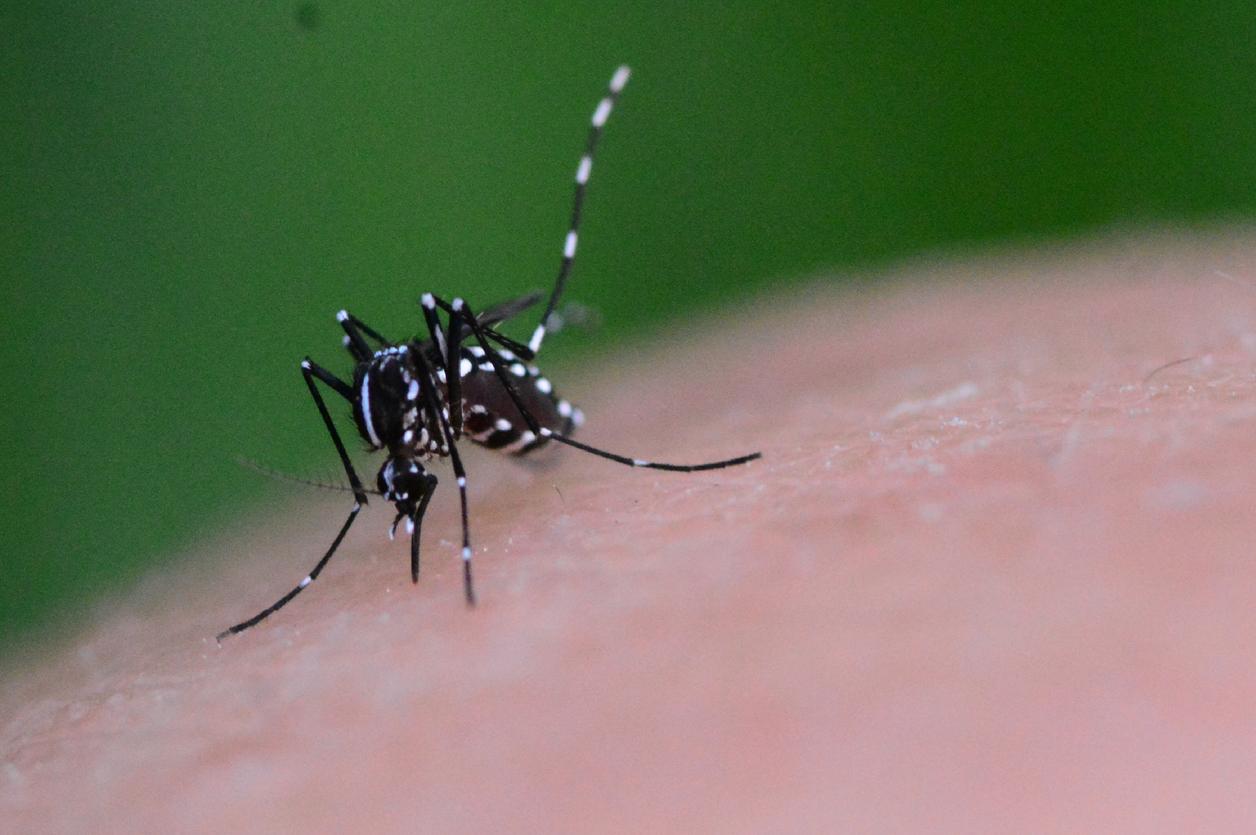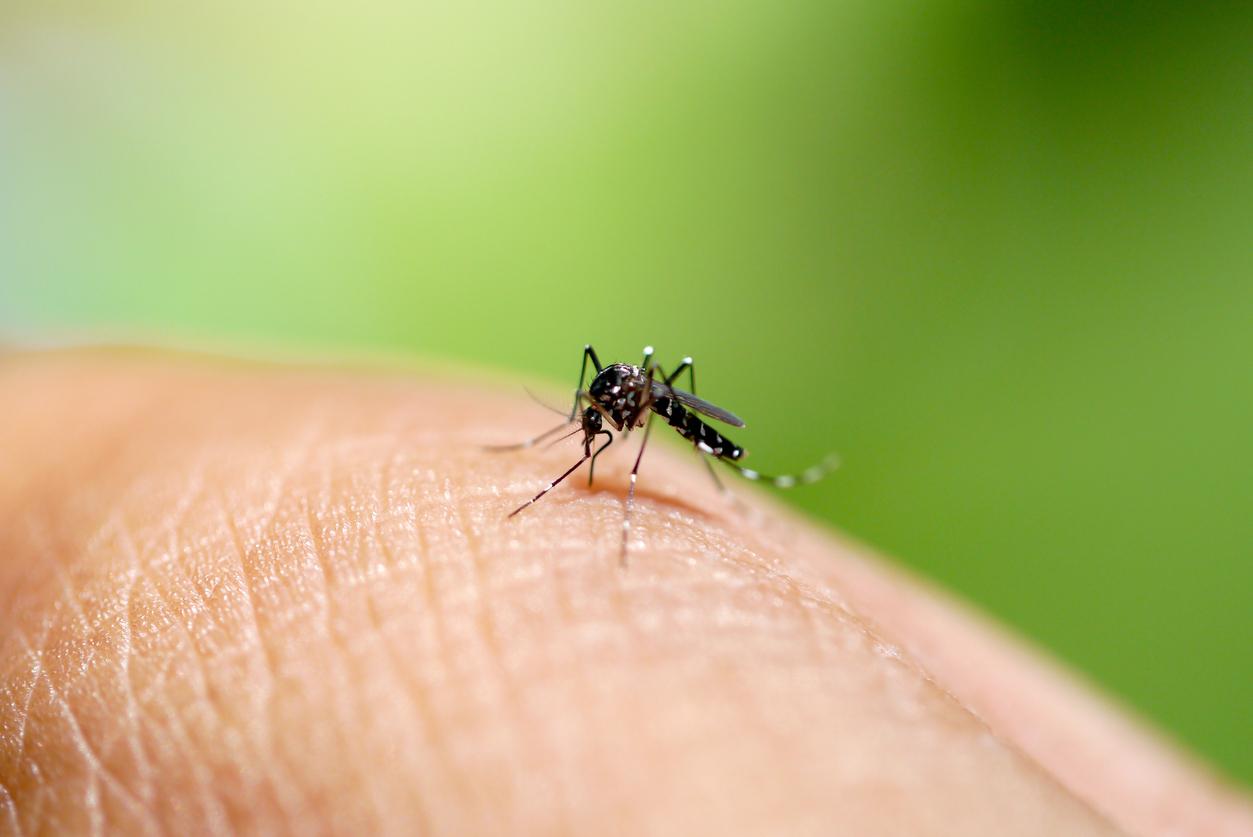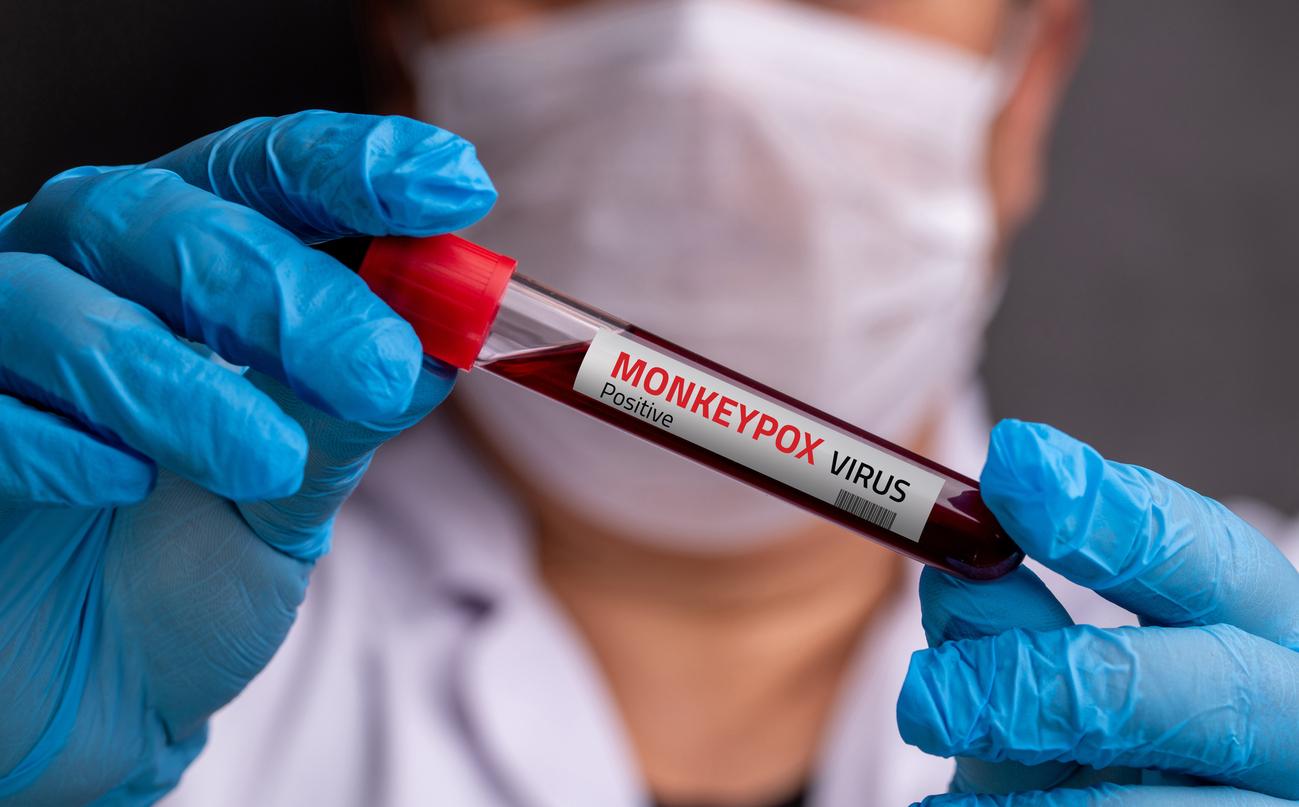On the occasion of Sidaction, Why Doctor publishes the good sheets of the book “A history of the fight against AIDS” (Nouveau Monde Editions), by Olivier Maurel and Michel Bourrelly (excerpt 1/2).

■ When did people start talking about AIDS?
It all starts with an article published in the United States on June 5, 1981 in the bulletin of the CDC (Center for Disease Control, American government public health agency whose headquarters are in Atlanta). This will forever transform the relationship between the world of medicine and patients by describing the observation, in three Los Angeles hospitals, of five patients presenting the same symptoms: pneumonia, called pneumocystosis, with dramatic consequences when it appears in immunocompromised patients, accompanied by candidiasis (fungi). For two of the five patients, the outcome was quickly fatal and the doctors were questioned by this new disease which struck young people previously in good health.
A certain number of common points could suggest that this disease had a similar origin. They were five homosexual men, in their thirties, who had used drugs. The term epidemic is not yet used and it will not be for several years. But after the publication of this article, the overlaps will be linked.
On July 4, 1981, a new issue of the same journal revealed that about thirty other young homosexuals, mostly residing in New York, were suffering from skin cancer, Kaposi’s sarcoma. Eight of them died. This initial information fueled for a time the hypothesis of a “gay cancer”, a disease closely linked to homosexual practices or drug taking.
The coverage of the press and the confrontation with more or less similar cases will create an effervescence in homosexual circles in all countries. This will be particularly the case in the United States where sexual liberation had brought out a relatively organized community, which will soon unite in the face of this terrible disease.
In 1982, the first French cases appeared and some doctors got involved. Thus, at the Claude-Bernard hospital in Paris, Willy Rozenbaum contacted the Institut Pasteur and Luc Montagnier’s team. Françoise Barré-Sinoussi is looking into the problem, given her work on the relationship between retroviruses and cancer. In January 1983, from the culture of a sample taken from one of Willy Rozenbaum’s patients, the researchers isolated a virus identified under the name of lymphadenopathy associated virus (LAV). This discovery was published on May 20, 1983 in total indifference. Having isolated the first human retrovirus (HTLV-I) in leukemia patients in 1980, Robert Gallo’s American team made a link between its discovery and this new syndrome. A year later, she isolated a retrovirus from AIDS patients. It is called HTLV-III.
In fact, LAV and HTLV-III turn out to be one and the same virus, renamed HIV/VIH by the scientific community in 1986. After a certain number of political-scientific imbroglios, the international community will recognize the paternity of HIV in the Pasteur, in particular by the awarding of the Nobel Prize for Medicine to Luc Montagnier and Françoise Barré-Sinoussi, in 2008 (all these episodes are recounted in detail in Chapter 1).
In 1985, a second type called HIV-2 was isolated by Souleymane Mboup, in the laboratory of Le Dantec hospital in Dakar. According to various specialists, HIV-2 has been present for several generations in African populations. Uncommon and not very pathogenic, it remained unnoticed for a long time. HIV-2 was probably the main type in Africa before being supplanted today by HIV-1. Very similar, these two viruses (HIV-1 and HIV-2) share 42% of their genetic heritage.
■ What is the origin of the epidemic?
We now know for certain the simian origin of HIV. The simian immunodeficiency virus (VIS in French and SIV in English for simian immunodeficiency virus) is a retrovirus with numerous strains and affecting around forty species of non-human primates. This virus is responsible for acquired immunodeficiency syndrome in monkeys (AIDS). SIV can pass from one species of monkey to another and even to humans. It is probably through monkey bites, scratches during butchering or during the consumption of bushmeat that this transmission to humans could have taken place.
If the AIDS epidemic is identified during the 1980s, HIV appeared much earlier in the 20th century. In his book History of AIDS, Mirko Grmek perfectly describes cases of “AIDS disease” which have been counted retrospectively throughout the world.
What happened between these few sporadic cases and this epidemic that will sweep the planet? Changes in the habits and lifestyles of a large proportion of humans, whether in Africa, America or Europe, will be a factor in the spread of the disease. After European decolonization in the 1960s, wars and rural exodus in Africa exacerbated population movements. It also seems that the virus made a detour via Haiti between 1966 and 1969, to finally reach the American coasts and more widely the rich countries in the late 1970s.
Sexual liberation, the growing consumption of intravenous drugs, the high demand for blood transfusions and the development of transport (which has facilitated mass travel): so many factors which will act as catalysts and transform a few endemic cases into a pandemic that crosses borders, cultures, social backgrounds and religions. AIDS is thus also one of the consequences of globalization.
To learn more, read: “A history of the fight against AIDS(Nouveau Monde Editions), by Olivier Maurel and Michel Bourrelly.


















